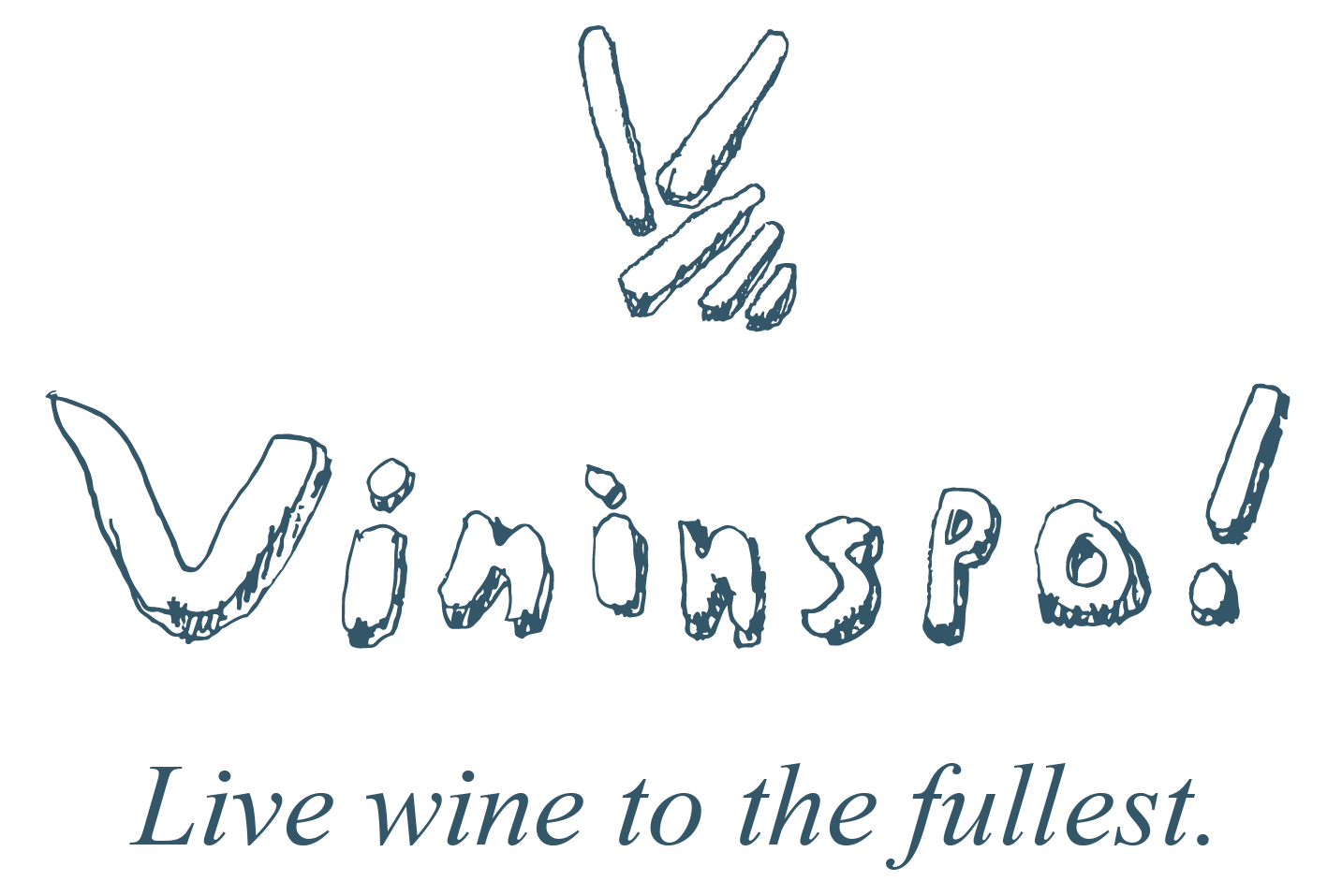
Sense of Place: Priorat as seen by Terroir al Límit
“Hardcore” was my first impression when I first learned about Priorat. Remote, rugged, rocky and hard to reach, the scenery seems to throb with the same forbidding power as the slate-grown wines from gnarled bush vines. I wanted to share this as I think it gives excellent insight into the landscape, conditions and traditions of Priorat and Montsant through the eyes of a transformative grower.
Dominik Huber and his partner Tatjana Peceric are interesting for a number of reasons. Both fell head over heels for this unique pocket of Catalunya and have dedicated themselves to expressing this place in intricate detail. In this interview recorded in Melbourne, Dominik provides a useful window onto these singular territories and a relatably global attempt to chisel away at an ever-more-precious depiction of place through the medium of wine.

Sense of place: High-density wine-growing at Elanto Vineyard
The Burgundy-obsessed Australian wine-grower trying to emulate the nectar of that Pinot Eden is a well-worn trope. But it is one thing to mimic the cellar practices of your idols and quite another to dig down to the root of what makes for memorable, inimitable excellence. And another again to turn that concept into a reality.
Sandro Mosele is the mastermind and co-owner of Elanto, a 2019-planted southeast-facing site that is home to 10.6 hectares of Pinot Noir and Chardonnay. The vines are trained 0.5m from the ground and planted at a density of 11,111 vines per hectare in rows spaced 1.2 metres x 0.75 metres. But this isn’t a numbers game; this is a far-reaching farming equation, as Sandro explains.

Grapes into wine: Quealy’s skin-contact Turbul range
This is an extremely interesting style of wine, and this range has turned out beautifully. Kevin McCarthy and Kathleen Quealy wrote the first chapter on skin-contact wine in Australia. Their son, Tom, took it up a level with the first release of Turbul Friulano a decade ago.
Now, drawing on their years of friendship and learning in northeast Italy, experimentation at home and organic viticulture on the Balnarring vineyard, they have released a groundbreaking Turbul quartet: Ribolla Gialla, Malvasia Istriana, Moscato Giallo and Friulano.
In this video, Tom explains the evolution of the project, the time and technique involved and how these delicious, thought-provoking wines reveal themselves at end of the process.
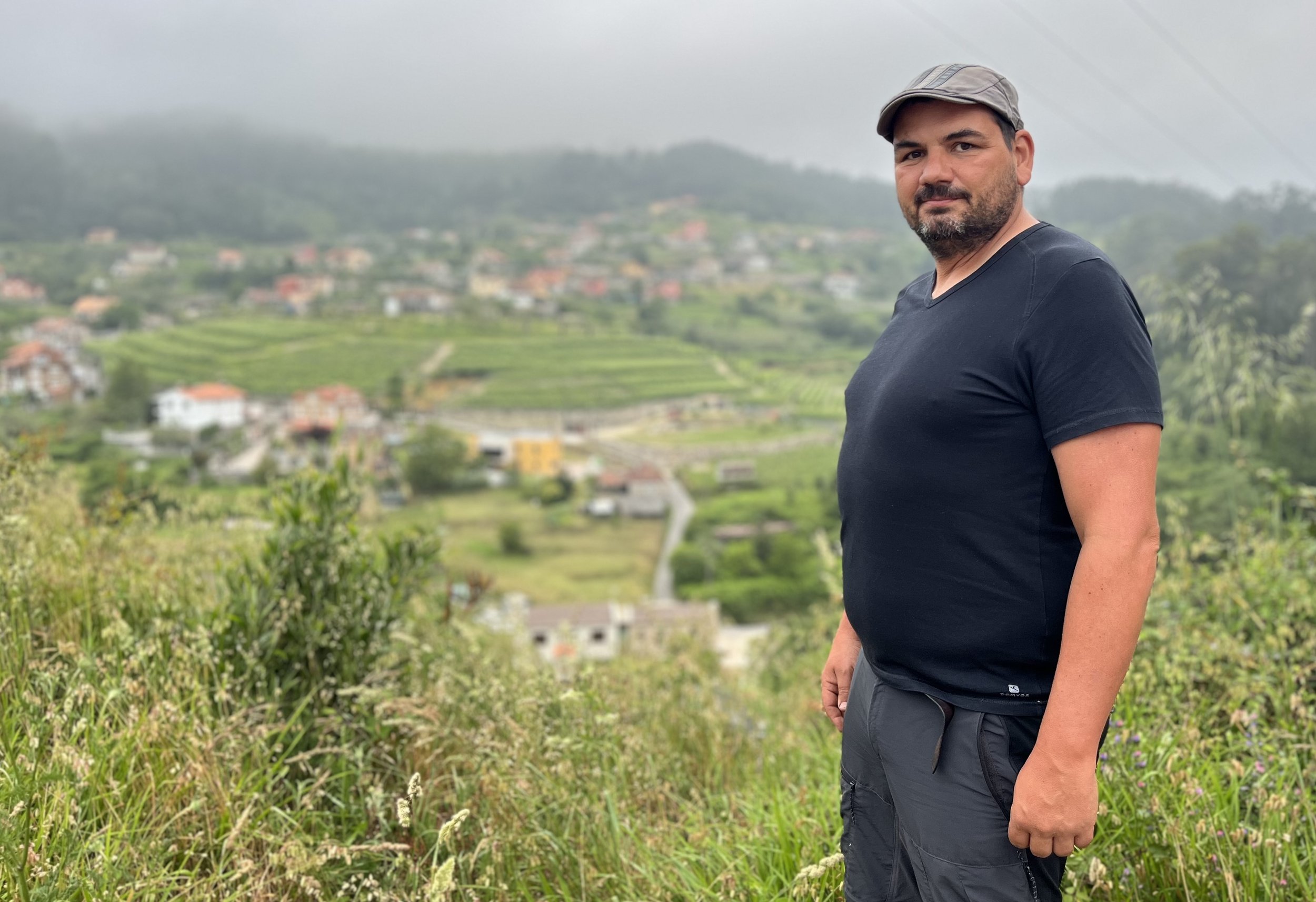
Sense of Place: O Rosal, Rías Baixas, Galicia, Spain
Alberto Cábaco Mariño grew up in Gondomar, where his grandfather owned a wine warehouse. After making his fortune in Galicia's fishing industry, Alberto moved back there and in 2017 embarked on an ambitious journey to establish a wine estate there. In 2018, he enlisted the help of Baiona-born ex-sommelier Jorge Marcote to help him build the dream, called Bodegas Pentecostés.
I travelled to Galicia in June 2024 and spent a morning with Jorge. We visited Pazo Barreiro and Pazo de Moldes, old country estates that trace their roots back to the 17th and 18th century respectively. What they weren't, or not until Alberto and Jorge showed up, were vineyards primed to set a new benchmark for Rías Baixas wines.
This video aims to give you insight into the specific wine-growing traditions and conditions of the O Rosal sub-region, while also giving an idea of what it takes to break the mould and redefine what can be achieved with the right level of investment, know-how and tenacity.
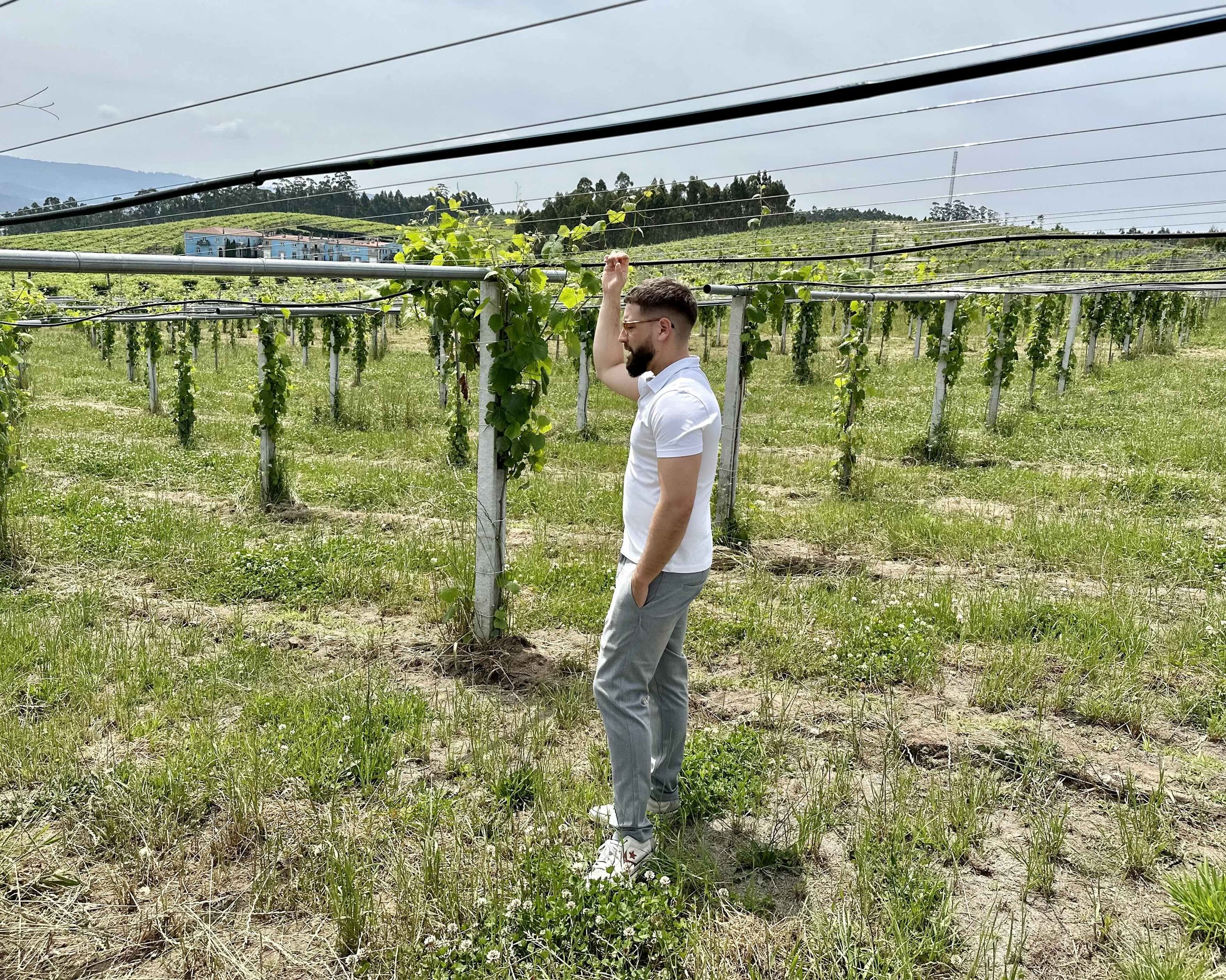
Sense of Place extra: The Parra gallega vine training system of Rías Baixas
The rain in Spain falls mostly on... Galicia. And that’s part of the reason why grapegrowers employ the parra gallega - the local riff on pergola-trained vines that makes use of the region’s abundant granite - in their lush Albariño vineyards.
I recently caught up with my friend Diego Ríos, the Chile-born winemaker at the helm at Bodegas Granbazán, at the iconic Finca Tremoedo just outside Cambados in the Val do Salnés subregion of Rías Baixas. In this short video, he explains the whys and wherefores of this system of canopy management.
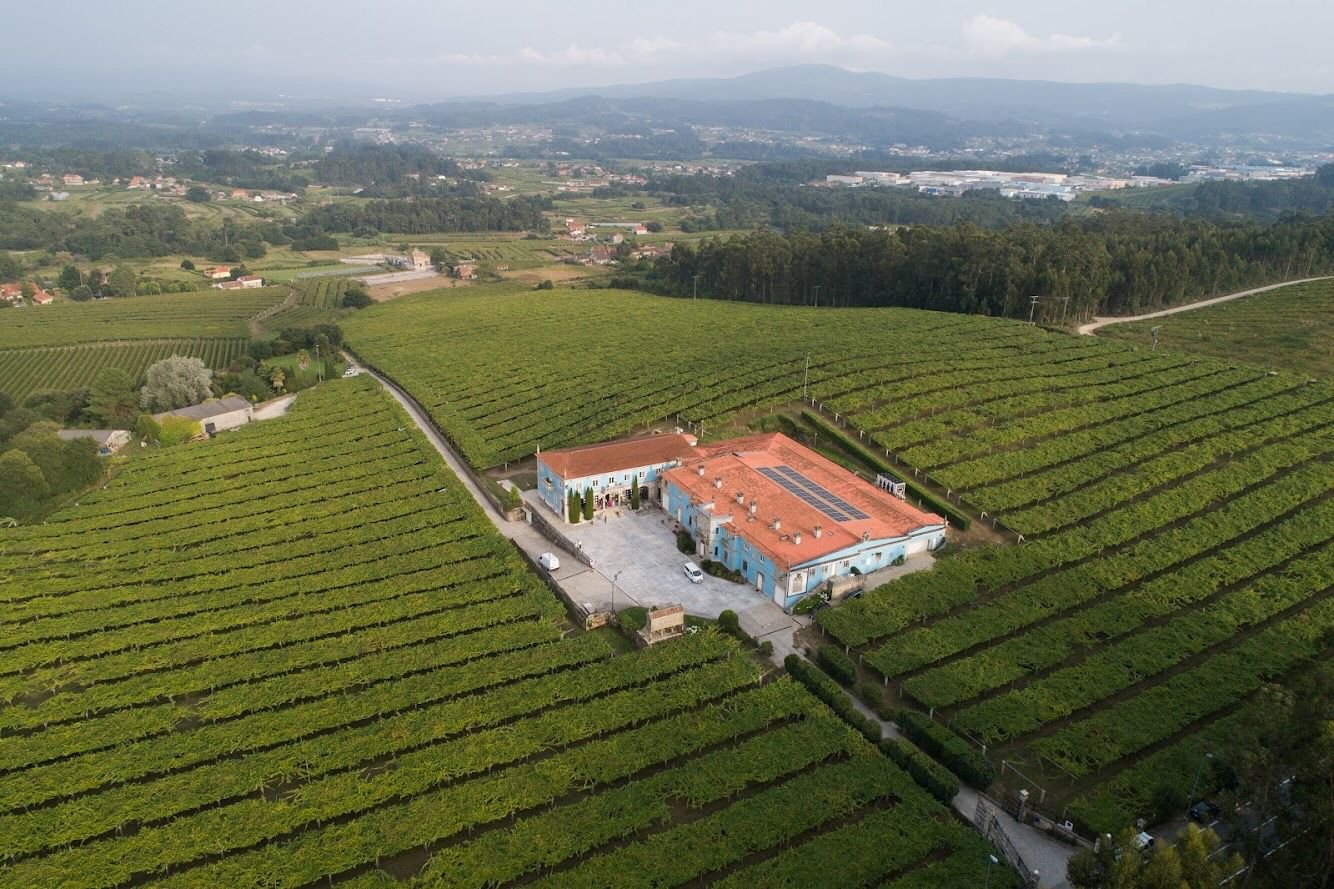
Sense of Place: Val do Salnés, Rías Baixas, Galicia, Spain
Rías Baixas has done an incredibly good job of portraying its lush vineyards and granite soils as ground zero for singular, refreshing Spanish white wines of place. It's been helped a lot in this regard by the fact that its pin-up grape, Albariño, is a charmingly vivacious variety with an ability to transmit these soils in pure wines of salty minerality and electric acidity.
Diego Ríos, recently crowned Rías Baixas Young Winemaker of the Year in Tim Atkin MW's latest report, calls the shots at the prestigious Granbazán estate, just outside the gorgeous fishing town of Cambados on the Galician coast. It was a pleasure to catch up with Diego during my recent trip to Galicia. Here, he shares his thoughts on what makes Albariño, Rías Baixas and, specifically, the Val do Salnés subregion so special.
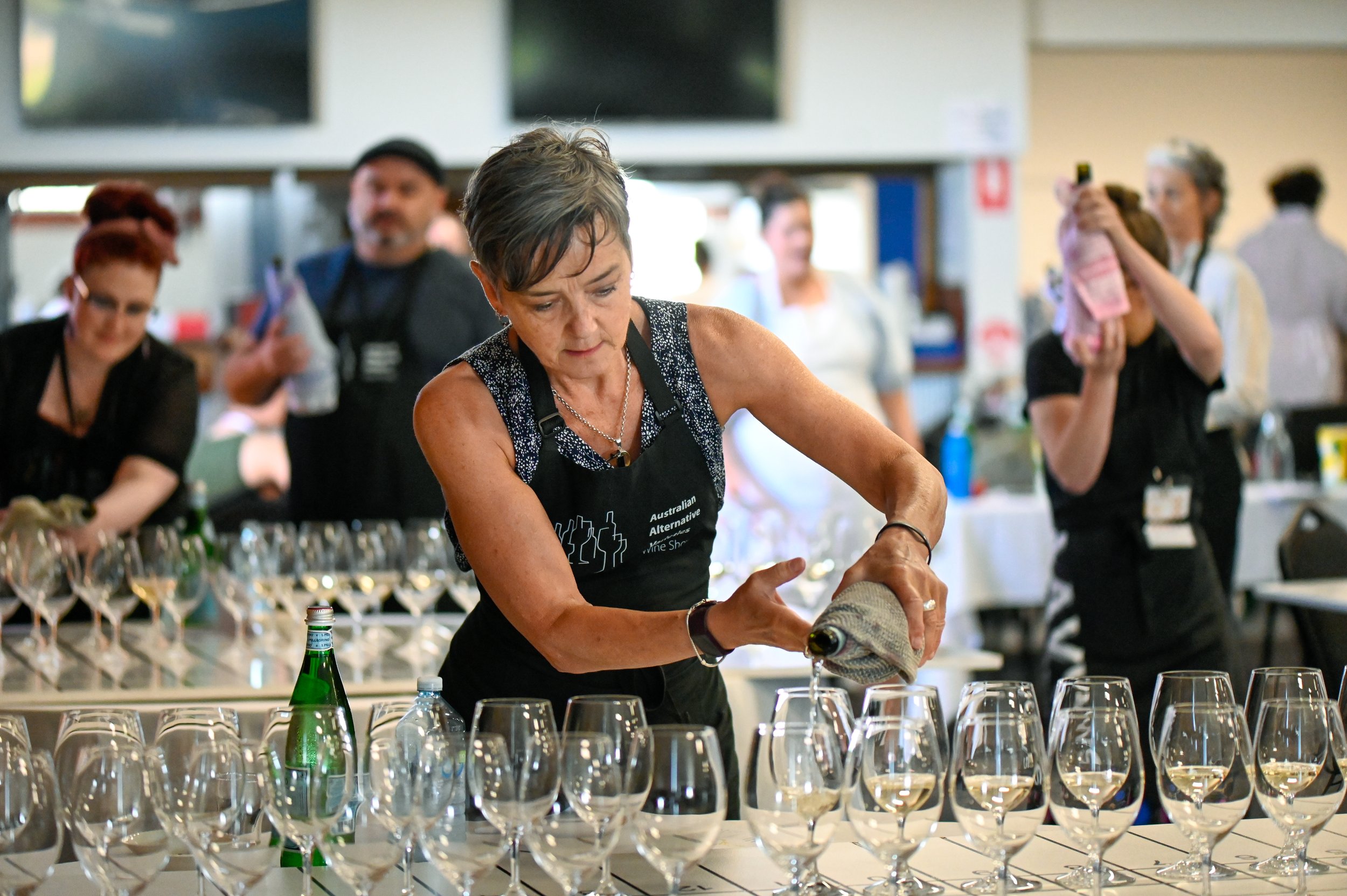
Wine show & tell: Behind the scenes at AAVWS
"More than just a wine show”, goes the tagline of the Australian Alternative Varieties Wine Show. The show—AAVWS to its friends (and it has many)—is happy to have the claim interrogated. After all, it’s had a quiet confidence all along that its supposedly niche subject matter deserved an audience way beyond the fringe.
The story of the show's genesis and evolution is a fascinating one, superbly captured by Max Allen in his 2023-published book, Alternative Reality. It chronicles the show from the seed planted in friendship between co-founders Bruce Chalmers, Stefano de Pieri and the late Dr Rod Bonfiglioli through to the present day. Over that time, a whole host of bright, open-minded, charismatic characters have breathed life and colour into it.
In November 2023, it was my pleasure to be invited to judge at the 21st edition of the show. Its unique atmosphere, content and camaraderie prompted me to put together a behind-the-scenes video, which I hope ties together the set-up and running of this special week and its broader context for the present and future of Australian wine.

Grapes into wine: Cooler-climate Cabernets
Cabernet Sauvignon is the world's most-planted wine grape. Mainstream popularity is not always a marker of quality, but in this case we are talking about a seriously strong leader: distinctive, intense, delicious flavour; pronounced aroma; deep colour; and architecture from tannin and acidity. Reigning supreme on the left bank of Bordeaux in southwest France, it heads up a crack team of grapes in formidable, ageworthy red wines, supported by Merlot, Cabernet Franc, Petit Verdot and Malbec. These blends are copied, with many notable successes, across the globe.I spent some time at the historic Yeringberg estate in the Yarra Valley just outside Melbourne in Victoria, Australia, during the 2024 harvest. At this 1863-founded domaine, fourth-generation winemaker Sandra de Pury and her viticulturist brother David compose one of Australia's most celebrated red wines. Known simply as the Yeringberg red, it is a five-way blend of these Bordeaux varieties. The making of this wine opens an insightful window onto the whys and wherefores of crafting a fine example of this universally adored style of wine.
I’m very grateful to the de Pury family and their harvest team for inviting me to hang around and helping put together the footage accompanying this video.
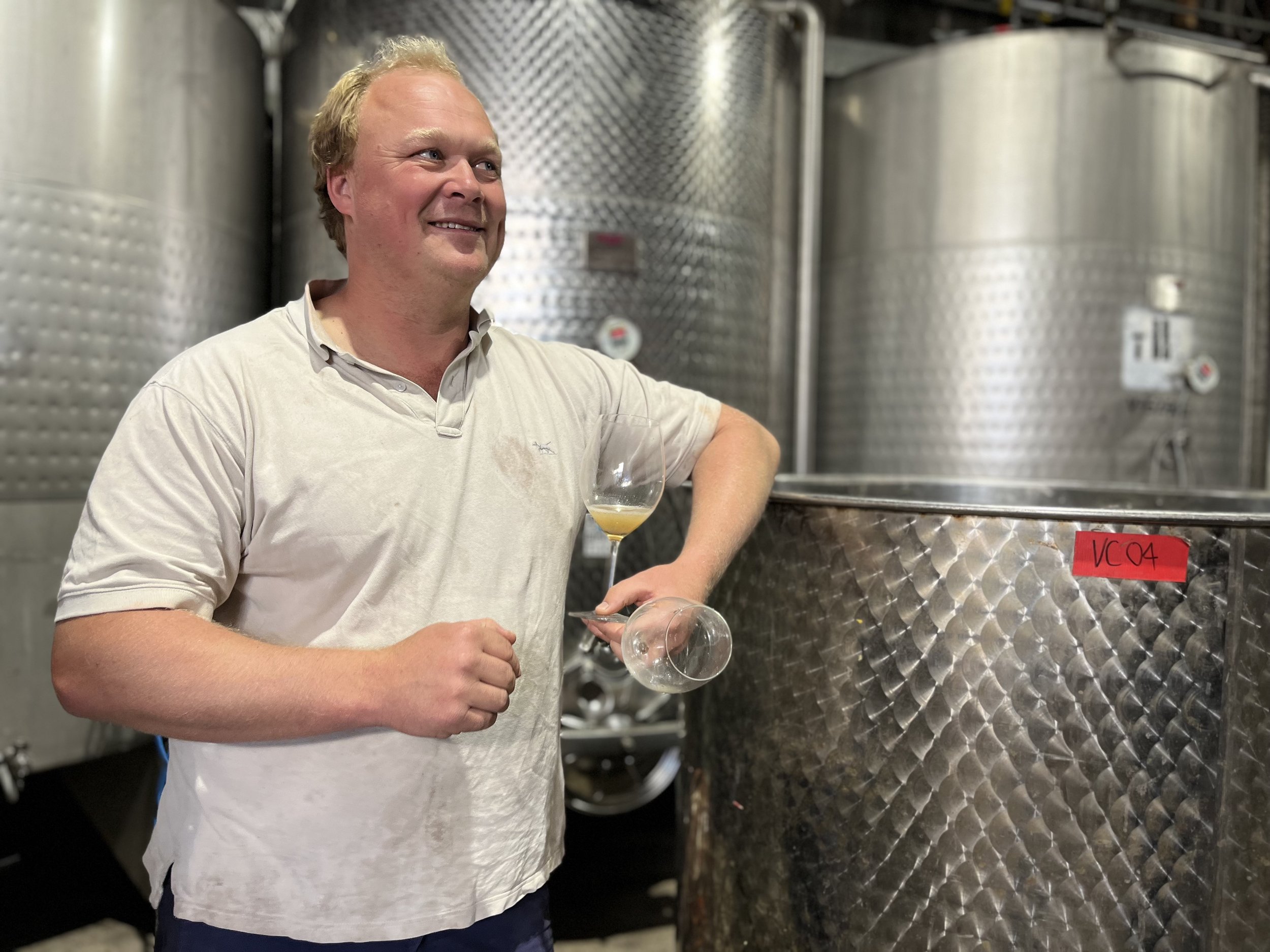
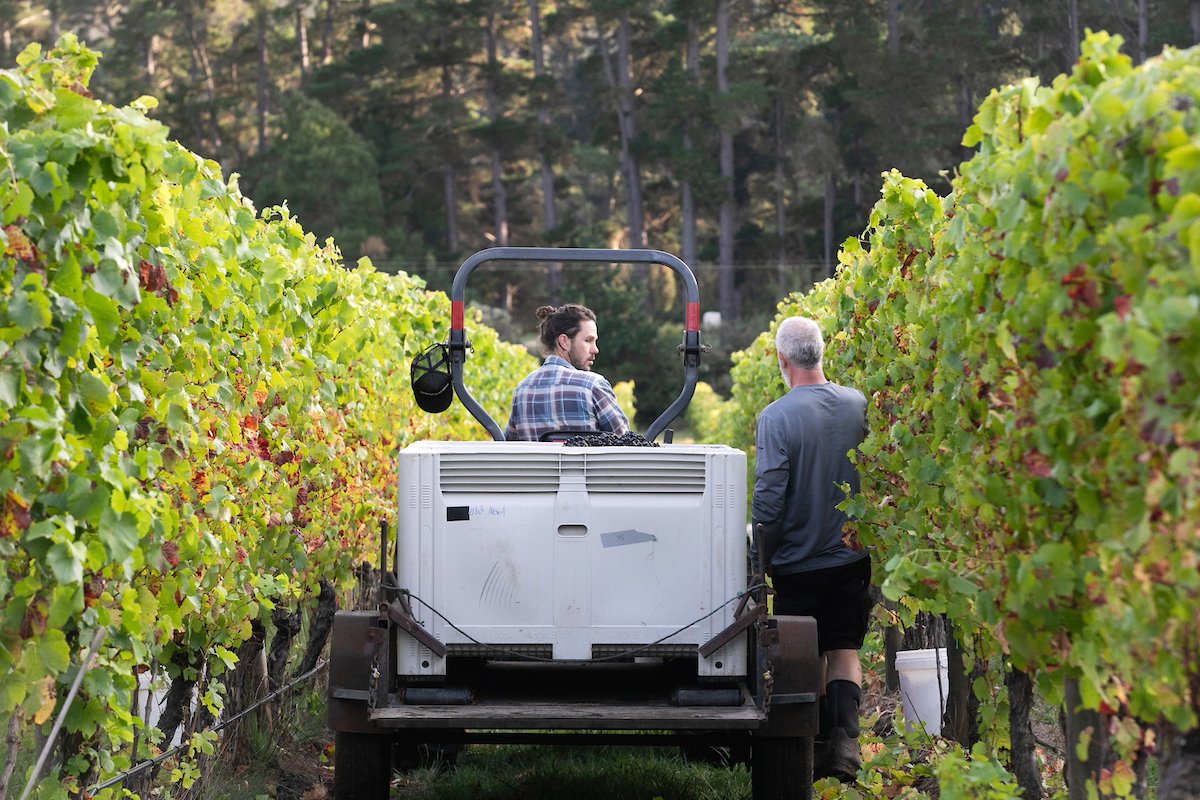
Mind your language! Parmi les vignes (Among the vines)
Mind Your Language is a new Vininspo! series in which we look at words and phrases taken from European languages and universally adopted in the English-speaking wine world. This gives a guide to pronunciation, precise meaning and application. With a look at the roots of words (etymology), a flirtation with the formation of words (morphology) and a bit of linguistic tongue-in-cheekiness, this also gives a chance to keep expanding our web of understanding as we navigate the incredibly rich global winescape. Not only that, it will also go some way to increasing comprehension for English speakers discussing wine with people with another mother tongue.
This short episode looks at various French terms that arise in and around the vines.
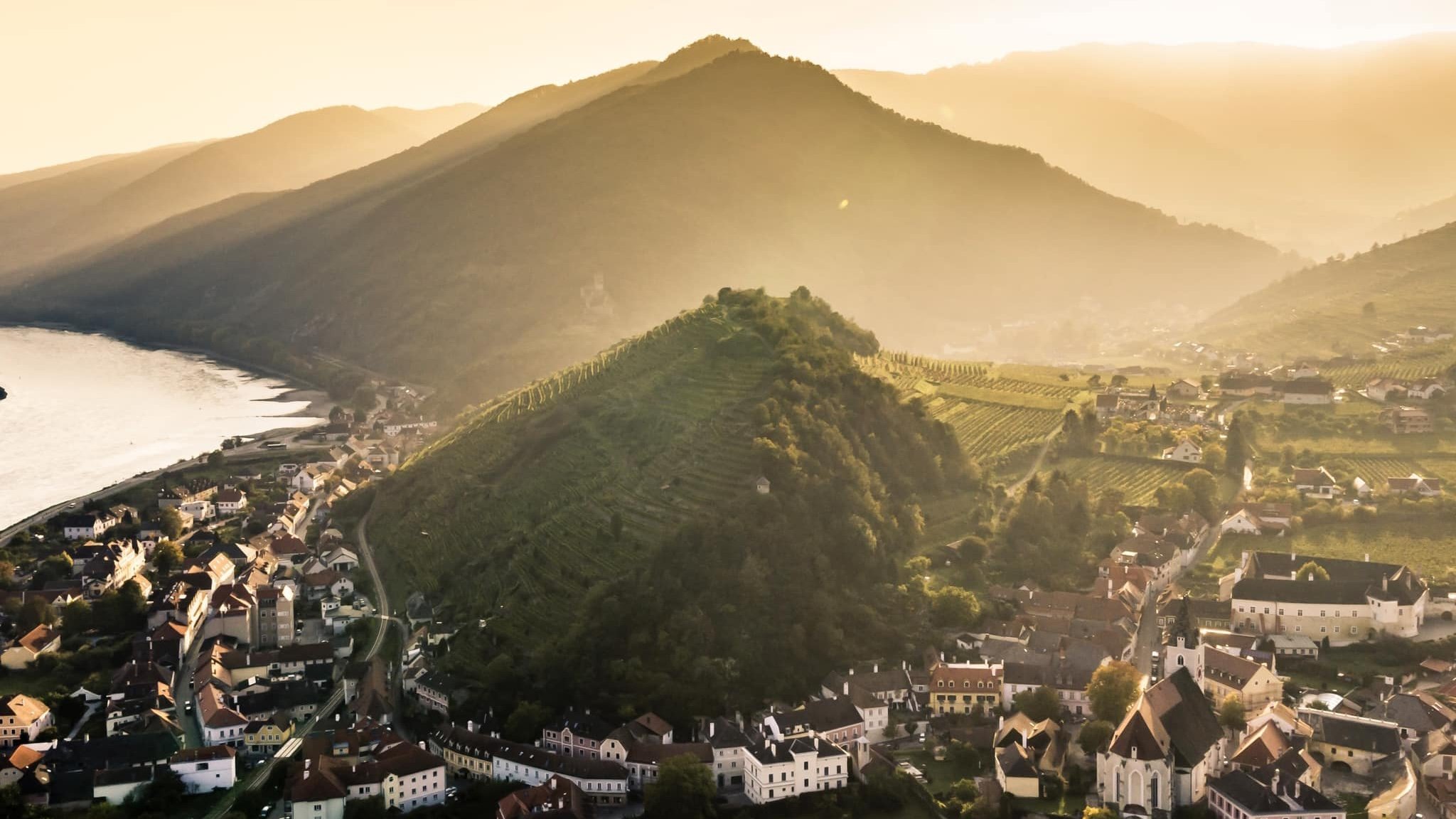
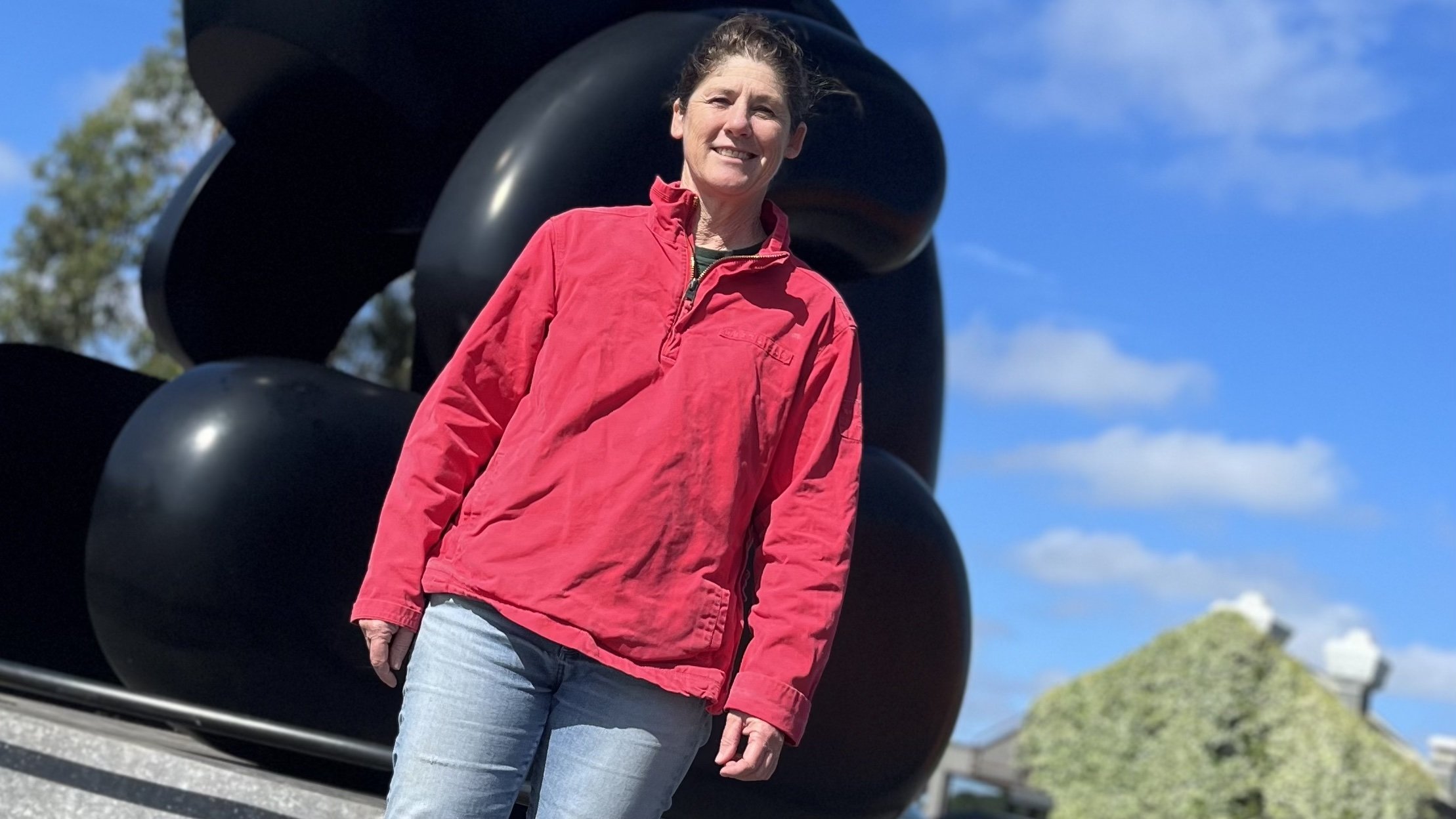
Geraldine McFaul on Mornington Peninsula wine
Geraldine McFaul is one of the most experienced and respected winemakers on the Mornington Peninsula. When she started out with Stonier in the mid-90s, the region's wine scene was still in its infancy. Yes, it was 20-odd years since the first vines went in - and good wines had been grown - but it had been a hit-and-miss, trial-and-error ride. Gerry was there as it finished teething, went through its growing pains and shot to global stardom - albeit on an artisanal scale, and thanks in large part to the phenomenal popularity of cooler-climate Chardonnay and Pinot Noir.
It was a pleasure to sit down with Gerry on the eve of vintage 2023 to talk about this evolution. The accompanying footage here was shot in the autumn once those wines were tucked away. And the video was published almost 12 months after the conversation took place - but I thought it was well worth sharing Gerry's generous wisdom with you.

Know your étiquette! Kamptal, Austria
Wine writer and educator Ed Merrison of Vininspo! takes a look behind the label of a prominent European wine to help you decipher clues as to what to expect when you open a bottle. This episode is a follow-up to our introduction to Grüner Veltliner. That snapshot came courtesy of the Wachau region; this time we go to the nearby Kamptal Valley and one of Austrian wine’s most revered ambassadors, Willi Bründlmayer. The wine is the family’s single-site bottling from the Lamm vineyard in Kammern.

Know your étiquette! Grüner Veltliner
Wine writer and educator Ed Merrison of Vininspo! takes a look behind the label of a prominent European wine to help you decipher clues as to what to expect when you open a bottle. This episode focuses on the Grüner Veltliner grape, the signature variety of Austria. We travel to the Wachau Valley to try a single-vineyard wine and see why this variety’s global popularity is on the rise.
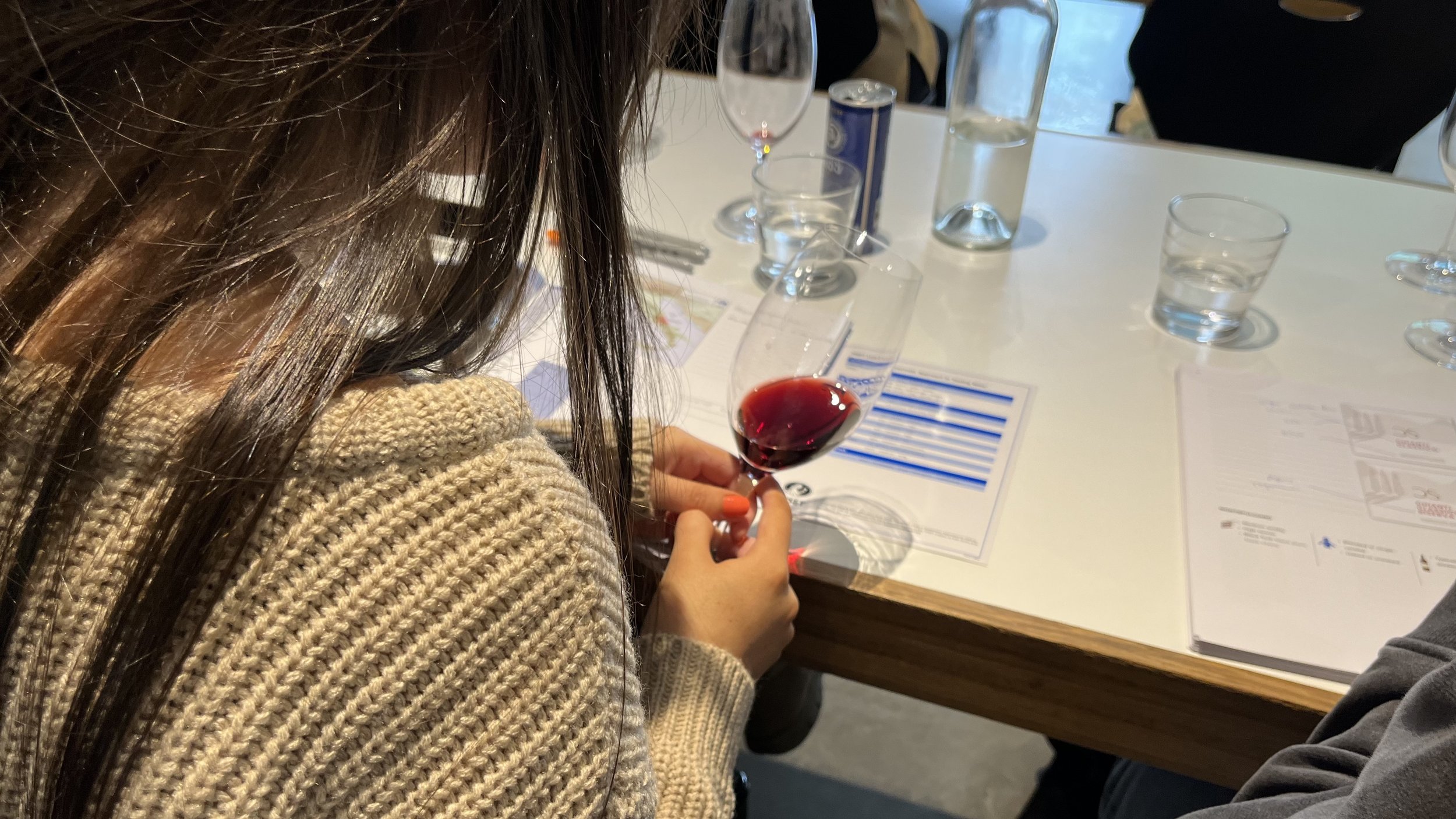
WSET Level 2: What’s in it for you?
For many, this is where you'll first dip your toe into formal wine studies. And yet it's more than a toe-dip.
The Wine & Spirit Education Trust's Level 2 in Wine - subtitled "Looking Behind the Label" - is quite the plunge, exposing you to a broad array of wines and concepts.
I'm an accredited WSET educator and strong believer in this course.
It's where I started, and I really enjoyed it.
But this video isn't a sales pitch. Instead, it aims to give a sober account of the territory you'd cover if you, too, decided to dive on in.

Know your étiquette! Wachau Federspiel Riesling
Austria has a very rich wine-growing heritage, and it has made incredible strides in spreading its story over the past few decades. Domäne Wachau is one of the estates that has helped get the message out. Here, I pick up a bottle of Domäne Wachau’s Riesling from the Bruck vineyard to help you decipher the not-so-hidden symbols on a $40-bottle of single-site wine from this special, and highly picturesque, region.
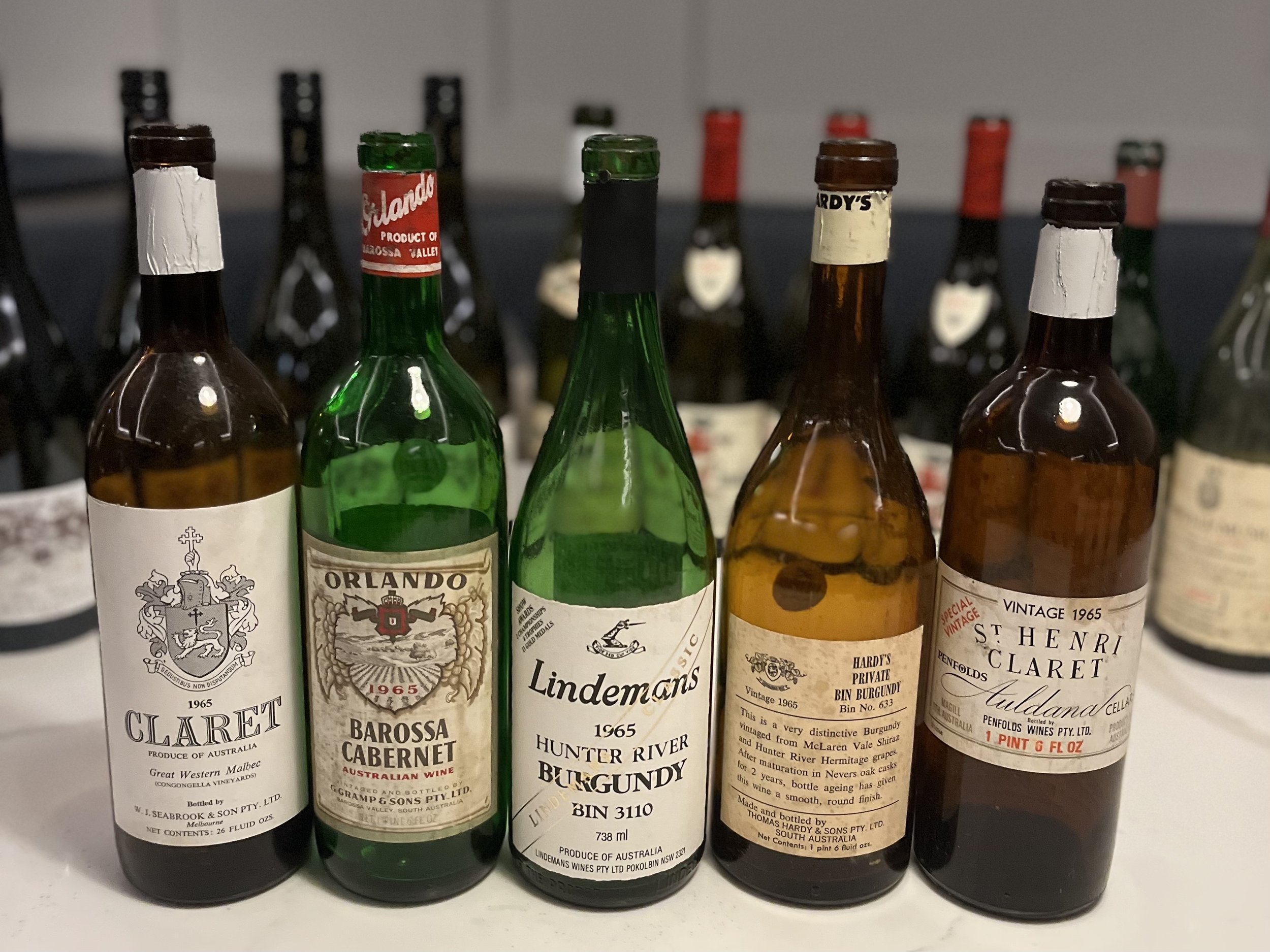
Len Evans Tutorial: Why apply for the greatest wine school on earth?
The Len Evans Tutorial is a wild 5-day ride of intense judging and insane wines. Dubbed "the most exclusive wine school on earth", it has a serious purpose: To propel the Australian wine scene onwards and upwards. Wine writer, educator and 2022 scholar Ed Merrison of Vininspo! explains why anyone with the slightest inclination should strive to take part.
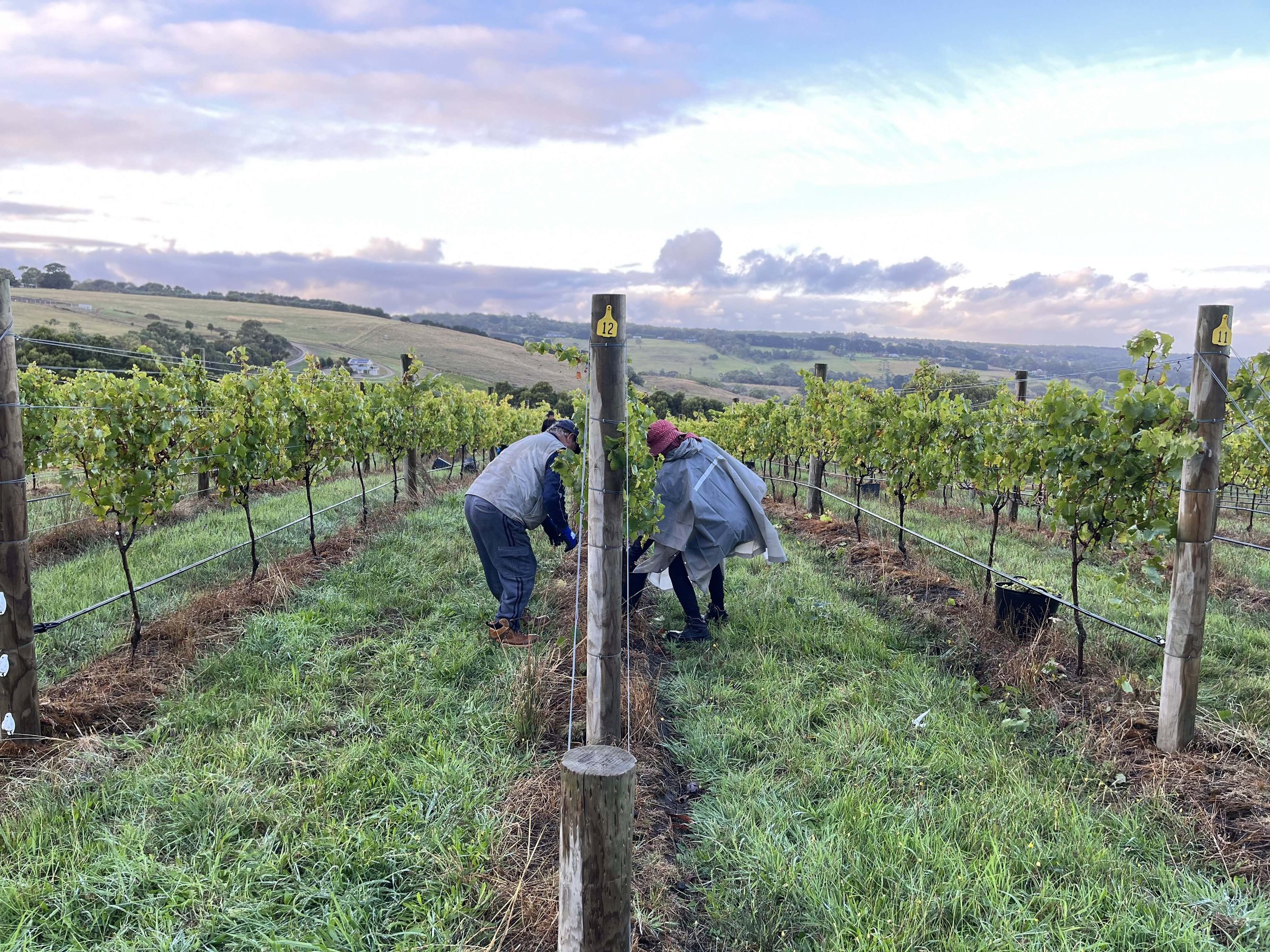
Grapes into wine: Making Chardonnay
Chardonnay is the world's most-loved white grape. It is the most widely planted grape across the planet's wine regions, and is responsible for the world's most sought-after and expensive whites. Ed Merrison of Vininspo! visits a vineyard and winery during harvest to track the grapes from vine to wine to show how a top single-site wine might be made.

Grapes into wine: Making Pinot Noir
Pinot Noir has to be the most romanticised black grape on the planet. Ed Merrison of Vininspo! visits a famous Mornington Peninsula vineyard during harvest to bring you this step-by-step guide to how the grapes become a top-quality, single-site wine.
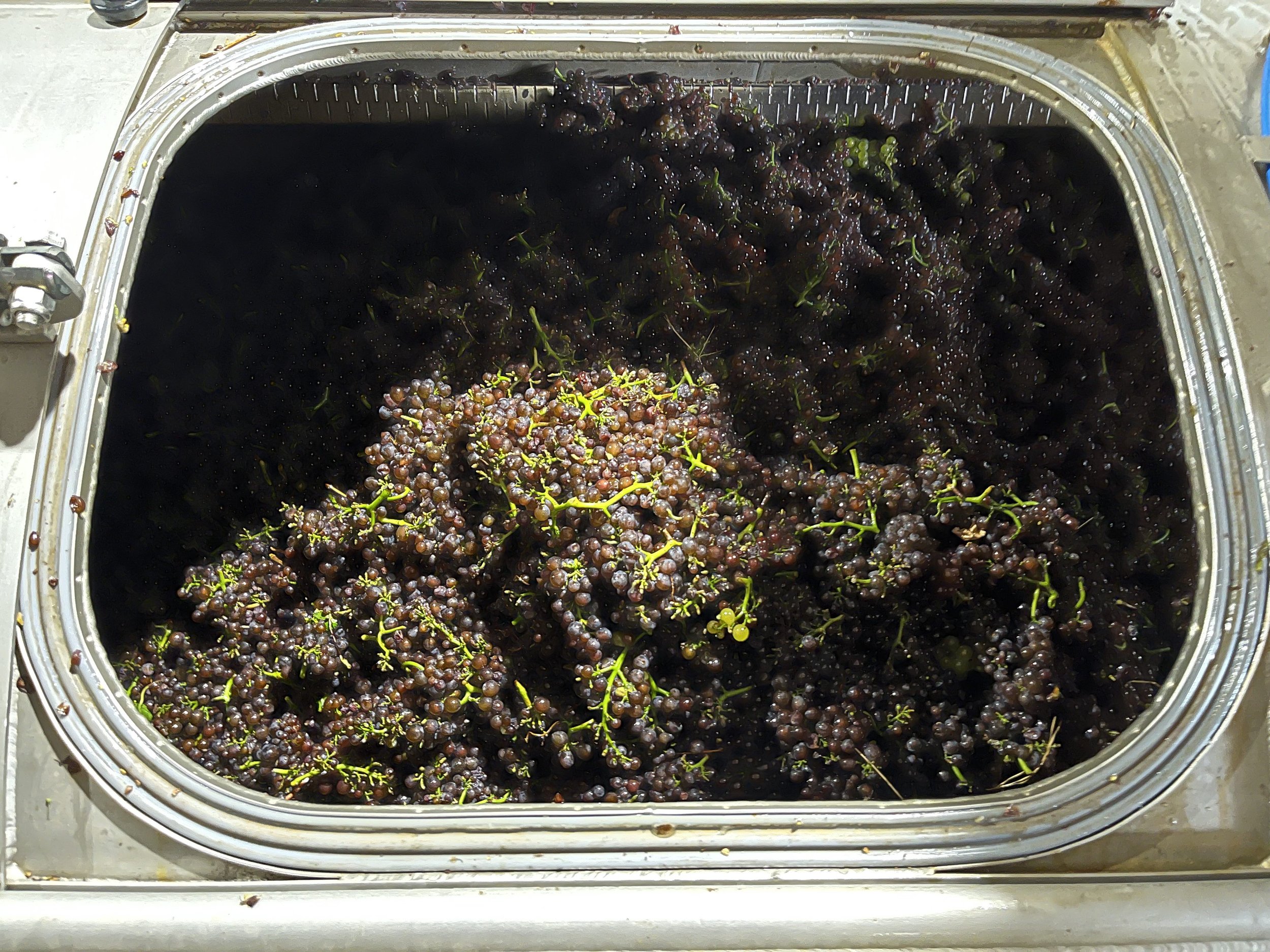
Grapes into wine: Making Pinot Gris
Pinot Gris is a monumentally popular white wine. Ever wondered how these pinky-purple grapes become an elegant, medium-bodied, cool-climate white wine? Here’s how it happens, from harvest to glass!
